Gabriela Silang (1971)
Gabriela Silang a Filipino revolutionary leader best known as the first female leader of a Filipino movement for independence from Spain
Gabriela Silang a Filipino revolutionary leader best known as the first female leader of a Filipino movement for independence from Spain
 Carlos Padilla Jr.Miguel Flores
Carlos Padilla Jr.Miguel Flores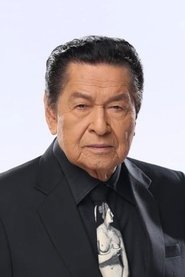 Eddie GarciaDon Manuel de Arza
Eddie GarciaDon Manuel de Arza Cesar RamirezNicolas Cariño
Cesar RamirezNicolas Cariño Johnny MonteiroDon Segundo Escudero
Johnny MonteiroDon Segundo EscuderoA biopic about general Gregorio Del Pilar.
Dedicated to the valiant Boholano hero Francisco Dagohoy, this film shows the real causes that impelled the Dagohoy Uprising.
This movie captures the core and colorful saga of the famous Ilocano hero Diego Silang.
A story about the Philippine revolutionary Andrés Bonifacio, the founder and Supremo of the Katipunan.
Out of our glorious historical past comes this story of a Chinese General who unselfishly gave everything to help the Philippine Revolution.
This film reenacts the martyrdom of the Gomburza, high-lighting the events and occurrences prior to their execution. The movie focuses on the story of Fr. Jose Burgos and his involvement in the Cavite Mutiny of 1972.

Pedro Calungsod, a young Filipino man, leaves his Visayan native roots to join the Spanish Jesuit priest Fr. Diego de San Vitores in his mission to the Marianas Islands (Guam) in 1668. The San Diego Mission arrives in the Marianas where the young Pedro, a trained catechist and mission assistant, begins work for Fr. Diego de San Vitores in baptizing the Chamorro natives, preaching the holy gospel and spreading the good news of salvation through the Christian faith amidst paganism, doubt and disbelief. Despite the longing for his father and the threats to their lives, even at the peril of death, Pedro and Fr. Diego continued their missionary work. They roamed the dangerous islands and baptized many more natives and continued to enlighten them about Christianity.

A young woman goes back to her province in the countryside where she gets to once again meet her Grandmother Loleng - a distant relative and a senile parol (Christmas lantern) artisan. Together, they will explore Grandma Loleng’s landscape of memories, only to unearth her innermost secrets and wartime experiences. It is about memory and forgetting, both in the context of the personal and of the national consciousness.
A film about Andres Bonifacio.
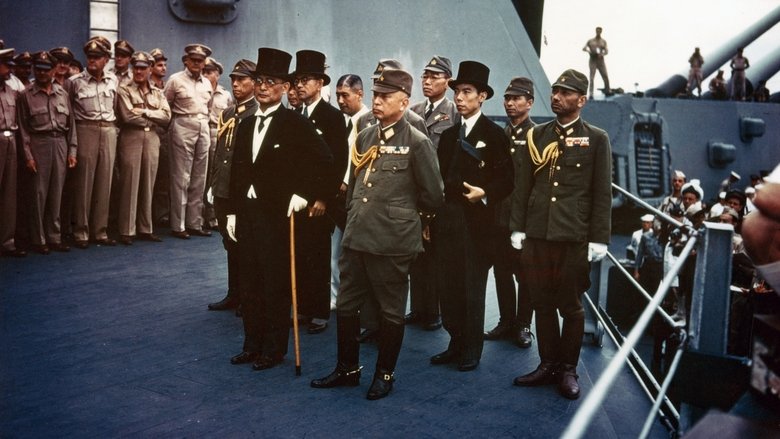
Produced by the Army Pictorial Service, Signal Corps, with the cooperation of the Army Air Forces and the United States Navy, and released by Warner Bros. for the War Activities Committee shortly after the surrender of Japan. Follow General Douglas MacArthur and his men from their exile from the Philippines in early 1942, through the signing of the instrument of surrender on the USS Missouri on September 1, 1945. Preserved by the Academy Film Archive in 2013.
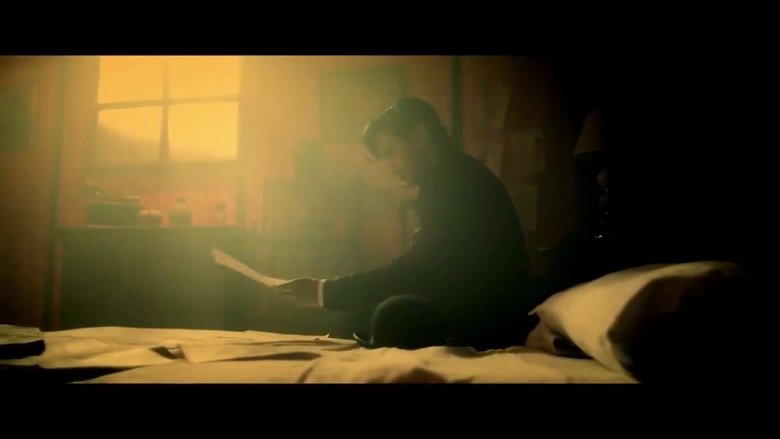
A disillusioned and suicidal Rizal, a cross-dressing Bonifacio gripped with paranoia, an ex-Katipunero who joins the US army to save his own neck, and a widow whose sex-for-food errands lead her to become the first ever Makapili. These are the historical mosaics that will form a singular hypothesis as to why we are like this as a people and up to now still reeling from our damaged culture.
JEEPNEY visualizes the richly diverse cultural and social climate of the Philippines through its most popular form of mass transportation: vividly decorated ex-WWII military jeeps. The film follows jeepney artists, drivers, and passengers, whose stories take place amidst nationwide protest against oil price hikes that pressure drivers to work overseas to earn a living, far from their homes for years at a time. Lavishly shot and cut to the rhythm of the streets, JEEPNEY provides an enticing vehicle through which the rippling effects of globalization can be felt.
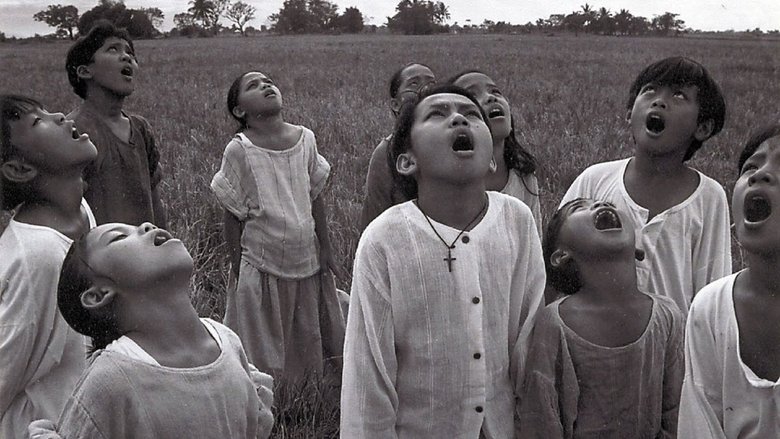
What follows is a black-and-white silent film set in the 1890s during the brewing Filipino revolution against Spanish colonialism. A series of tragic and comic sequences tells the Three Ages of an Indio (“common man”) as he progresses from boy bell ringer in a village church to teenage revolutionary to adult theater actor rehearsing a popular Spanish play.
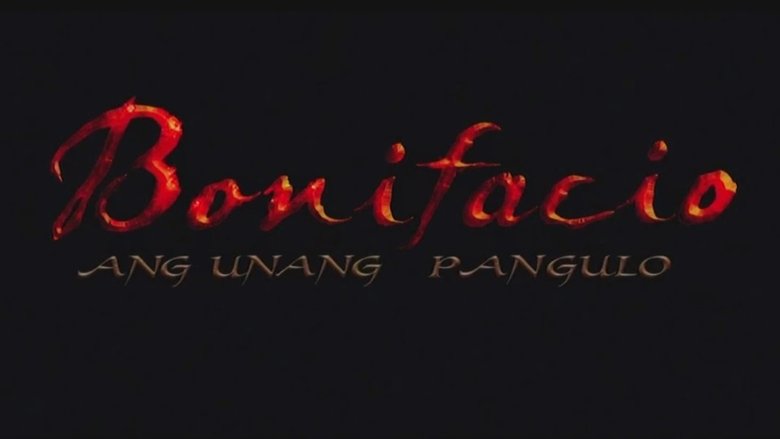
The true story of Andres Bonifacio, a man who rose as a leader in the fight against the Spanish oppressors, and would gain the enmity of even those fighting for the same cause.
A musical docudrama about the brave and outstanding Women of Malolos to whom Jose Rizal addressed his famous letter in Feb 22, 1898.
In 1898, a band of Spanish soldiers heroically defended Baler against Filipino forces for 337 long and grueling days. The battle, now referred to as the Siege of Baler, is the setting of a forbidden love between a Mestizo soldier and a Filipina lass who lived at the end of the 19th century.
Based on the tragic figure from Jose Rizal’s Noli Me Tangere, Sisa tells the story of a mother’s desperate search for her missing sons, Crispin and Basilio, ultimately leading to her own demise. Beyond its heartbreaking narrative, the film highlights the enduring strength and resilience of women in the face of adversity.
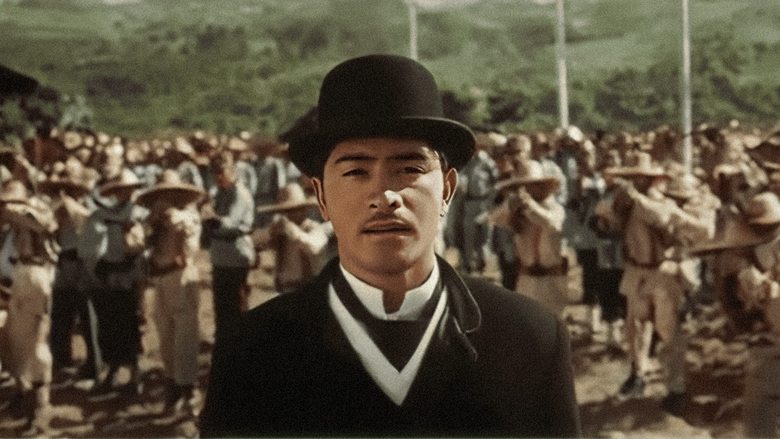
Accused of treason, Dr. Jose P. Rizal awaits trial and meets with his colonial government-appointed counsel, Luis Taviel de Andrade. The two build the case and arguments for the defense as significant events in the central figure's life prior to his incarceration unfold. Upon hearing Rizal's life story, Taviel begins to realize that the accused not just is innocent but exhibits in fact all the qualities of an extraordinary man. When the mock trial unreels, Taviel is all set to act as the prime advocate for his client as Rizal himself is about to give an earth-moving speech to defend his honor and address his countrymen. Meanwhile, the Spanish authorities have worked out the vast political machinery to ensure a guilty verdict. A revolution waits in the wings.

Rafael is a village mayor caught in the murderous crossfire of the Philippine-American War. When U.S. troops occupy his village, Rafael comes under pressure from a tough-as-nails officer to help the Americans in their hunt for Filipino guerilla fighters. But Rafael's brother is the head of the local guerillas, and considers anyone who cooperates with the Americans to be a traitor. Rafael quickly finds himself forced to make the impossible, potentially deadly decisions faced by ordinary civilians in an occupied country.
Dr. Jose Rizal was exiled in Dapitan from 1892-1896. These were his last four years. Dapitan served as his prison cell. He always compared it to “a beautiful cage” where he is imprisoned. This was the longest imprisonment Rizal ever had. He became so lost by those times, but still he did not lose his mind. Even there, he continued studying and discovering things. He continued his conversation with his friends, scientists and doctors outside the country.